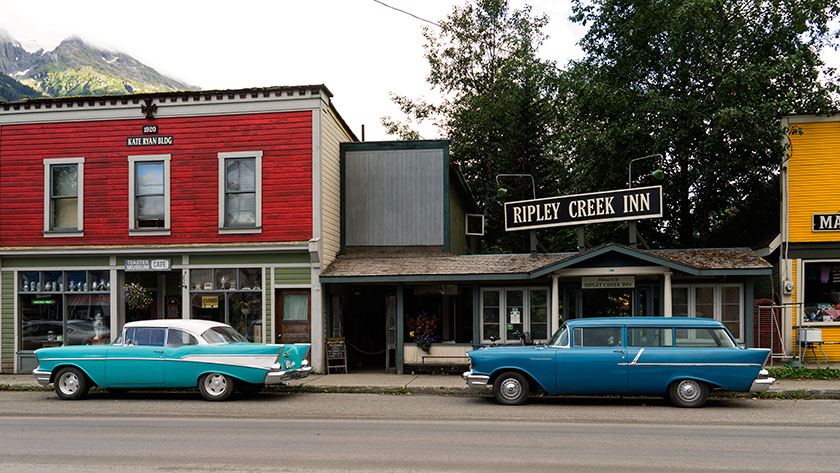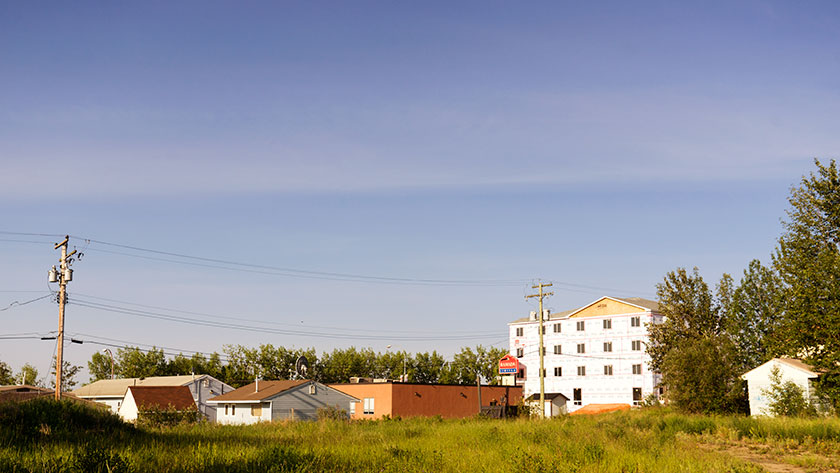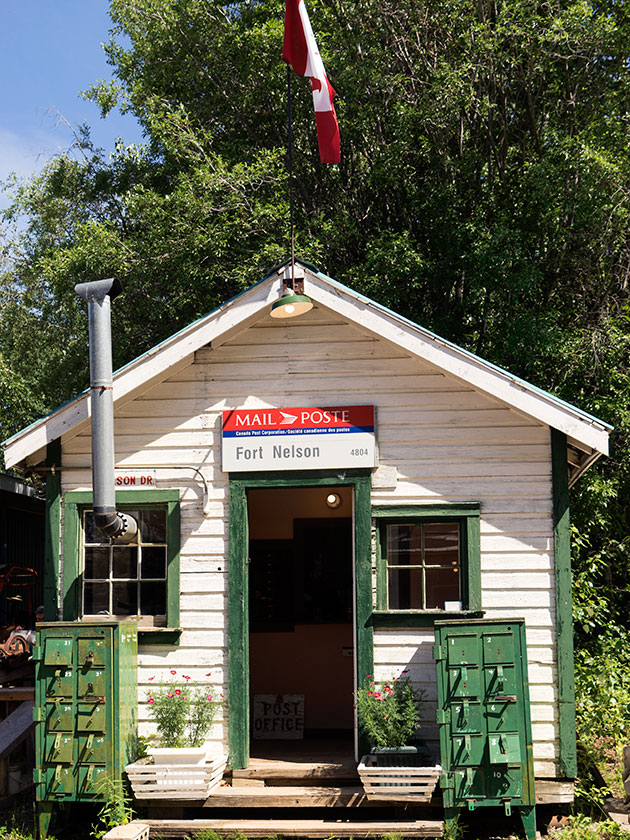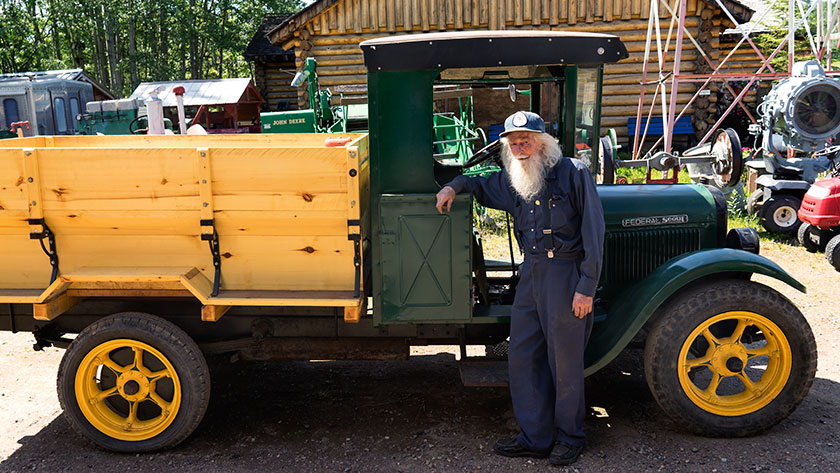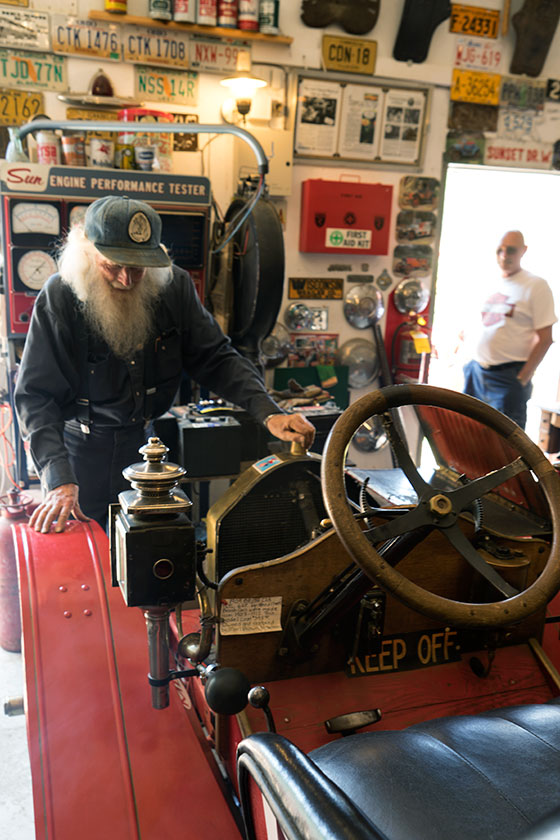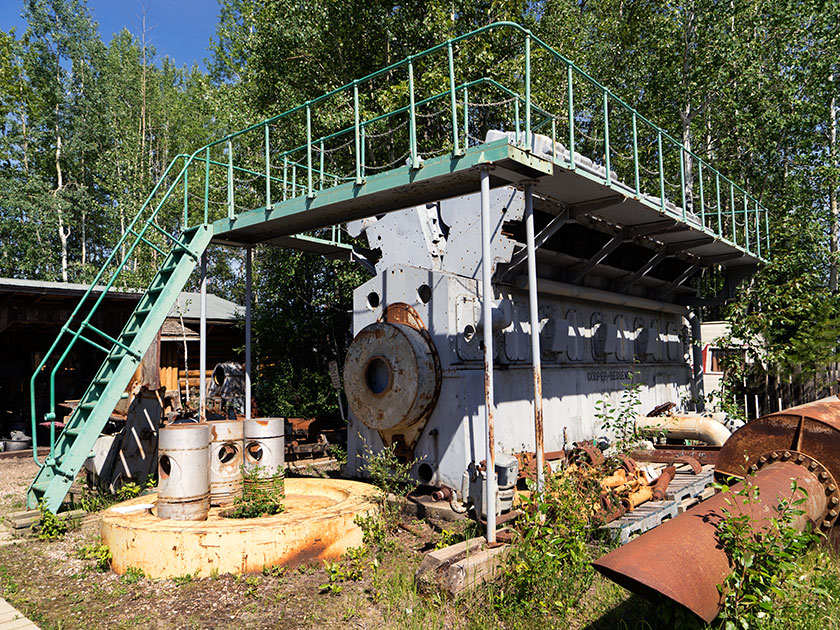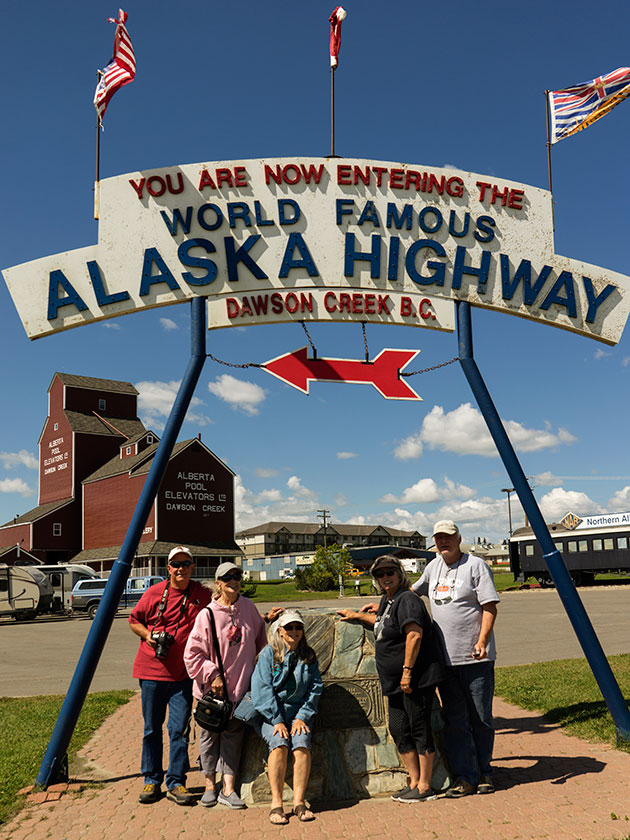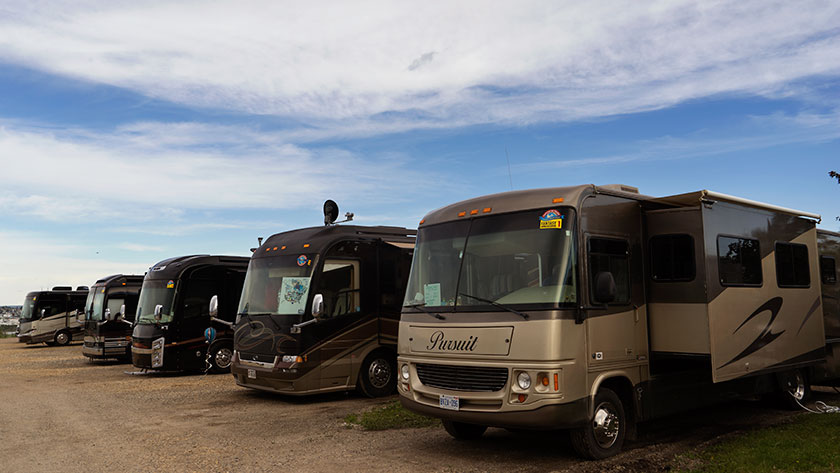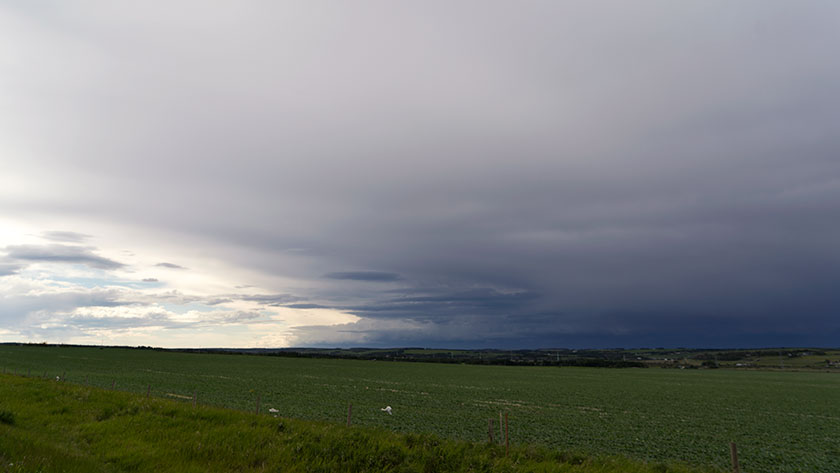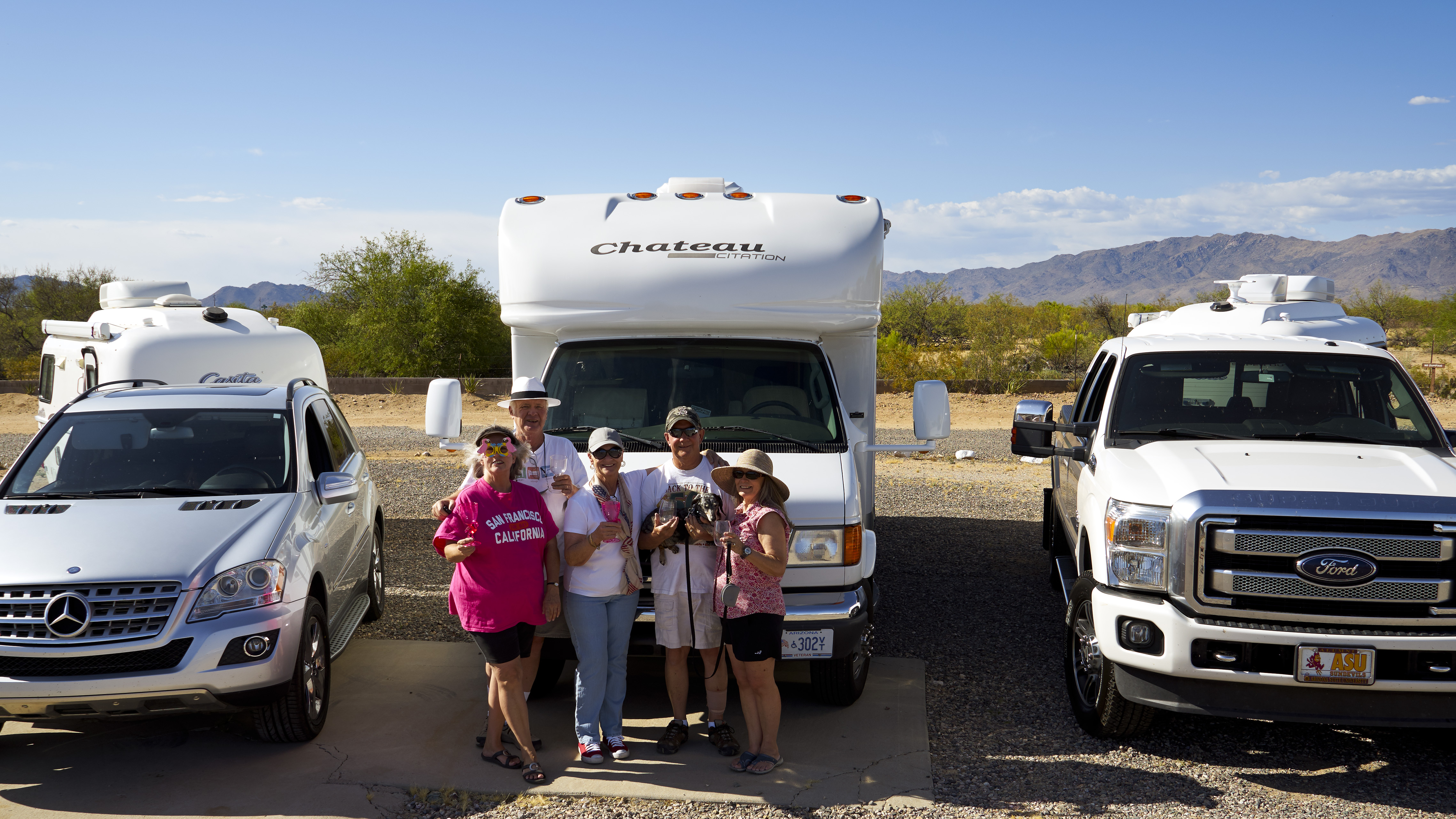Be careful what you wish for, it may come true.
It was raining when we left Stewart yesterday. Except for one day in Homer, we’ve had rain every time we’ve visited the coast. There’s a message somewhere in there.
When we left Stewart, we hoped that BC Highway 37 would continue on as a good road, and our hopes were realized. Since the little resort town of Tatogga, the road stopped being a two lane back road and widened enough to make room for the trucks coming out of Stewart with oversize loads. The rest of Hwy 37 to the Canada 16 junction, was noisy chip seal, but wide with a center-line and shoulders. For the two and one half hours we drove, I believe I counted the traffic we passed on one hand.
As we continued south, we began to notice how British Columbia differed from Yukon. Here you don’t get the broad expansive vistas, because the tall trees crowd the road. Besides being taller, we began to see a wider variety of trees, both broad-leaf and conifer mixed together. The mountains were still around us, but we could only catch them between the trees every so often. The drive was relaxing.
When we reached Kitwanga and turned east on the Yellowhead Highway (BC-16), we reentered modern civilization . . . and traffic. There are eight or nine little towns along that road section, each with the annoying 100 Km – 90 Km – 70 Km – 50 Km – 70 Km – 90 Km – 100 Km speed change pattern. They were well-kept cute little towns, some with a stoplight, some only a block long. The houses were clapboard sided one story cottages. After each town, more cars appeared on the road.
We had to get around large RV Riggs coming out of Prince Rupert, because they were going slower than what I had the cruise set at (I’m sorry officer, you mean those signs aren’t in miles per hour?). Least you think I was the speed demon, all the commercial trucks passed us.
We entered Prince George just in time for 4:30 rush hour. The cars packed the highway going in all directions. We missed our turn for the RV park and went past the Wall-Mart and Costco before we could find a place to turn around. The road drops off a bluff and has Jersey barriers in the center. For a moment, I had Pasadena Freeway flashbacks.
We plan to leave in the morning. We’ll start south on Hwy 97 for the two-day trip to Vancouver. After driving the last month in the wilderness, I’m having to relearn how to deal with these people on the road. I’m going to have to do it quick, because I’ve got to get around Seattle, the Bay Area and (shudder) LA. Maybe we should just stay here, it’s a nice enough town, although I’ve been told that most of the town moves to Quartzite for the winter. Or maybe, I should just turn around now, and find one of those abandoned log cabins to live in. All I need is a satellite dish and internet. After all, Amazon delivers anywhere.
jw



